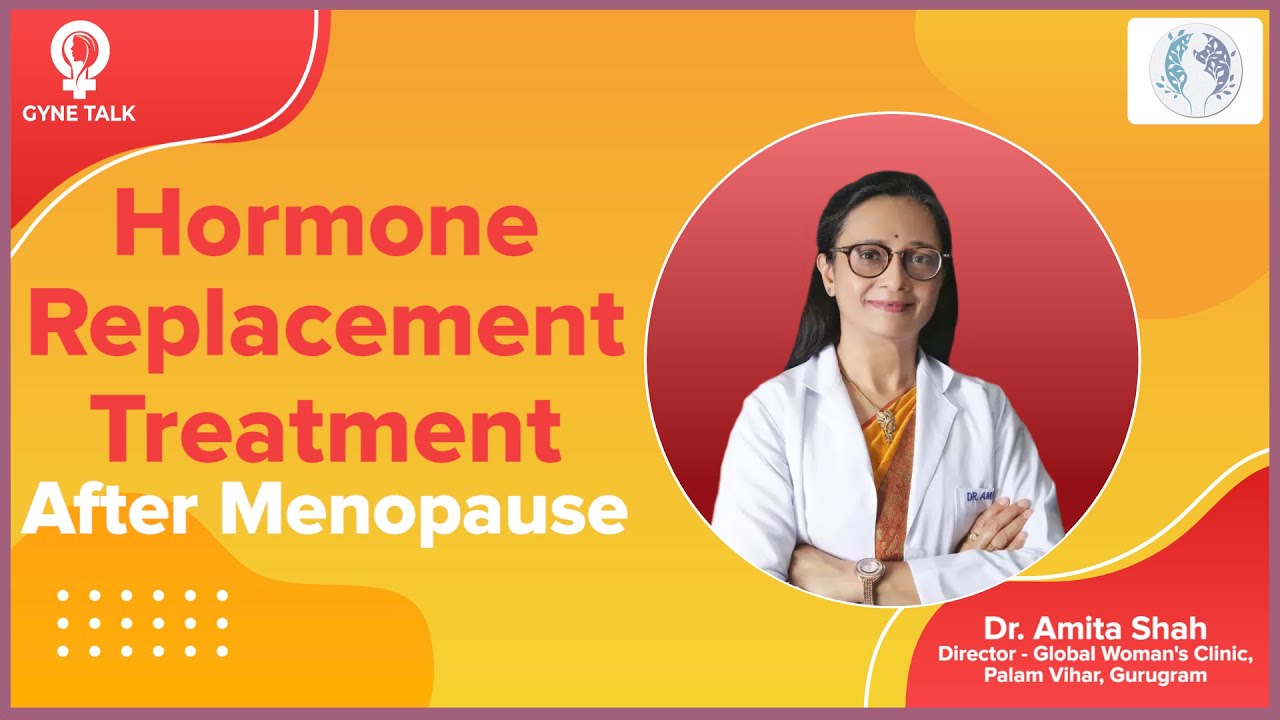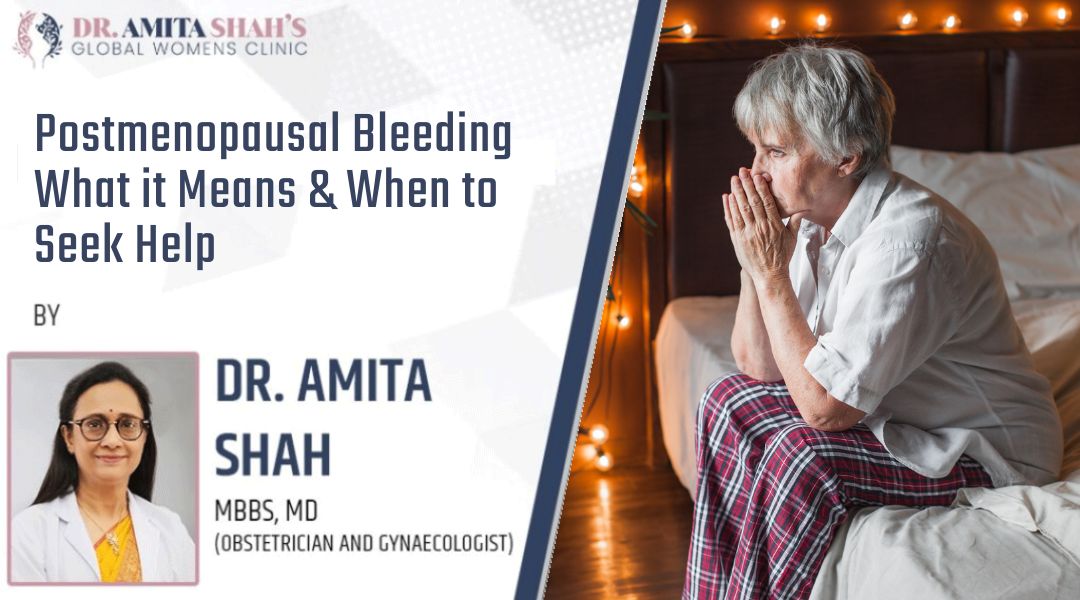What is Uterine Prolapse
What is uterine prolapse, and why does uterine prolapse happen? Does it occur only in older patients, or can young women also develop this condition? What causes uterine prolapse? Is uterus removal the only option, or do we have other treatment options?
Let us discuss all about uterine prolapse in this blog.
Hello, I am Dr Amita Shah, Senior Gynecologist and Laparoscopic Surgeon, practising in Global Women Clinic, Palam Vihar, Gurgaon.
Why does uterine prolapse occur? If you look at the uterus, it is normally positioned at a certain level inside the vagina. Gradually, it starts descending through the lower passage, and this condition is called uterine prolapse.
Stages of Uterine Prolapse
Uterine prolapse has several stages.
- In the first stage of uterine prolapse, the uterus slightly slips down.
- In the second stage of uterine prolapse, it becomes visible at the very end of the vaginal opening.
- In the third stage of uterine prolapse, the uterus comes out of the vaginal outlet.
- In the fourth stage of uterine prolapse, the entire uterus descends completely.
These are the four degrees of uterine prolapse.
What causes uterine prolapse?
The most common cause is multiple deliveries. During normal delivery, the muscles and ligaments that hold the uterus in place and connect it to the abdominal wall can become loose. If you don’t exercise after delivery, these ligaments gradually weaken further, leading to uterine prolapse over time.
In some cases, uterine prolapse can be genetic. For example, if your mother or sister had it, there’s a chance you might have weaker muscles or ligaments genetically, making you prone to uterine prolapse.
Now, it’s not necessary for uterine prolapse to occur only in old age, like in your 60s or 70s. It can sometimes happen to younger patients, even those in their 30s or occasionally as early as their 20s or 25s. However, in older age, it tends to develop gradually. The reasons are usually genetic or due to internal defects that cause weakened muscles.
Now let’s talk about the symptoms of uterine prolapse.
The symptoms vary depending on the stage of the prolapse.
In Stage 1 uterine prolapse, which is mild, the uterus starts descending slightly into the vaginal canal.
In Stage 2 uterine prolapse, the uterus reaches the vaginal opening.
The symptoms for Stage 1 and Stage 2 prolapse generally include:
- A feeling of heaviness in the lower abdomen
- Occasional pain
- Backache
- A sensation that something is stuck in the vaginal canal
In Stage 3 uterine prolapse, the uterus begins to come out of the vaginal opening. When you lie down, it may retract back inside. Symptoms at this stage include:
A feeling of something hanging between your legs
- Difficulty urinating
- Needing to push the prolapse of the uterus back inside to pass urine properly
- Constipation and needing to push the uterus back to pass stool
In Stage 4 uterine prolapse, the entire uterus comes out of the vaginal opening. At this stage, even if you try to push it back in manually, it doesn’t go back. This is known as ‘procidentia.
Treatment for Uterine Prolapse
Does every case of uterine prolapse require surgery, specifically the removal of the uterus? Not at all. The treatment or surgery depends on your age and the stage of the prolapse.
First, let’s talk about prolapse in younger women, particularly those with Stage 2 prolapse. In such cases, we can perform a surgery called a laparoscopic sling operation.
What is Laparoscopy?
Laparoscopy is a minimally invasive surgery performed using a camera (like a telescope). During this procedure, we place a sling or mesh over the uterus and pull it back into its natural position. The mesh is securely fixed to a strong segment of tissue to hold the uterus in place.
To explain it simply, we strengthen the natural ligaments or muscles using an artificial mesh to restore the uterus to its normal position.
After the sling operation, pregnancy is usually allowed after 6 months, or at most, after 1 year. However, the most important thing to keep in mind is that delivery will need to be done through a cesarean section (C-section).
At What Age Does Uterine Prolapse Occur?
Now, let’s talk about uterine prolapse in older women. Suppose this condition develops at the age of 50 or above. In such cases, the treatment varies depending on whether it is a first, second, third, or fourth-degree prolapse.
For second-third or fourth-degree prolapse, uterine removal is generally advised. This is because even if a sling operation is performed, the chances of recurrence are significantly high.
If it is a second or third-degree prolapse, we can perform the uterus removal through a vaginal approach, known as a vaginal hysterectomy. This is a relatively simple surgery. Through the vaginal route, the ligaments that hold the uterus in place are cut, and the uterus is removed. Additionally, some muscles are tightened to provide better support
When can you not treat uterine prolapse through surgery?
Uterine prolapse cannot be treated through surgery in some cases. For example, if you have uncontrolled diabetes or heart disease, or if your doctor doesn’t recommend surgery due to other health conditions, surgery is not an option. In such cases, we use a device called a pessary, also known as a ring pessary. This device helps push the uterus back inside. However, it needs to be removed every 3 weeks, cleaned, and then reinserted. This is one of the alternative management options.
How to prevent uterine prolapse?
To prevent uterine prolapse, the most important thing is to have a normal delivery in a hospital, under the guidance of a doctor. This helps avoid complications during pregnancy and post-delivery. It is essential to do exercises called Kegel exercises, which help tighten the muscles in the lower pelvic area. These should be done post-delivery as well.
Additionally, you should avoid conditions that increase pressure on your abdomen, such as chronic coughing, chronic constipation, or lifting heavy weights. If you follow these precautions, you can reduce the risk of problems like uterine prolapse.







